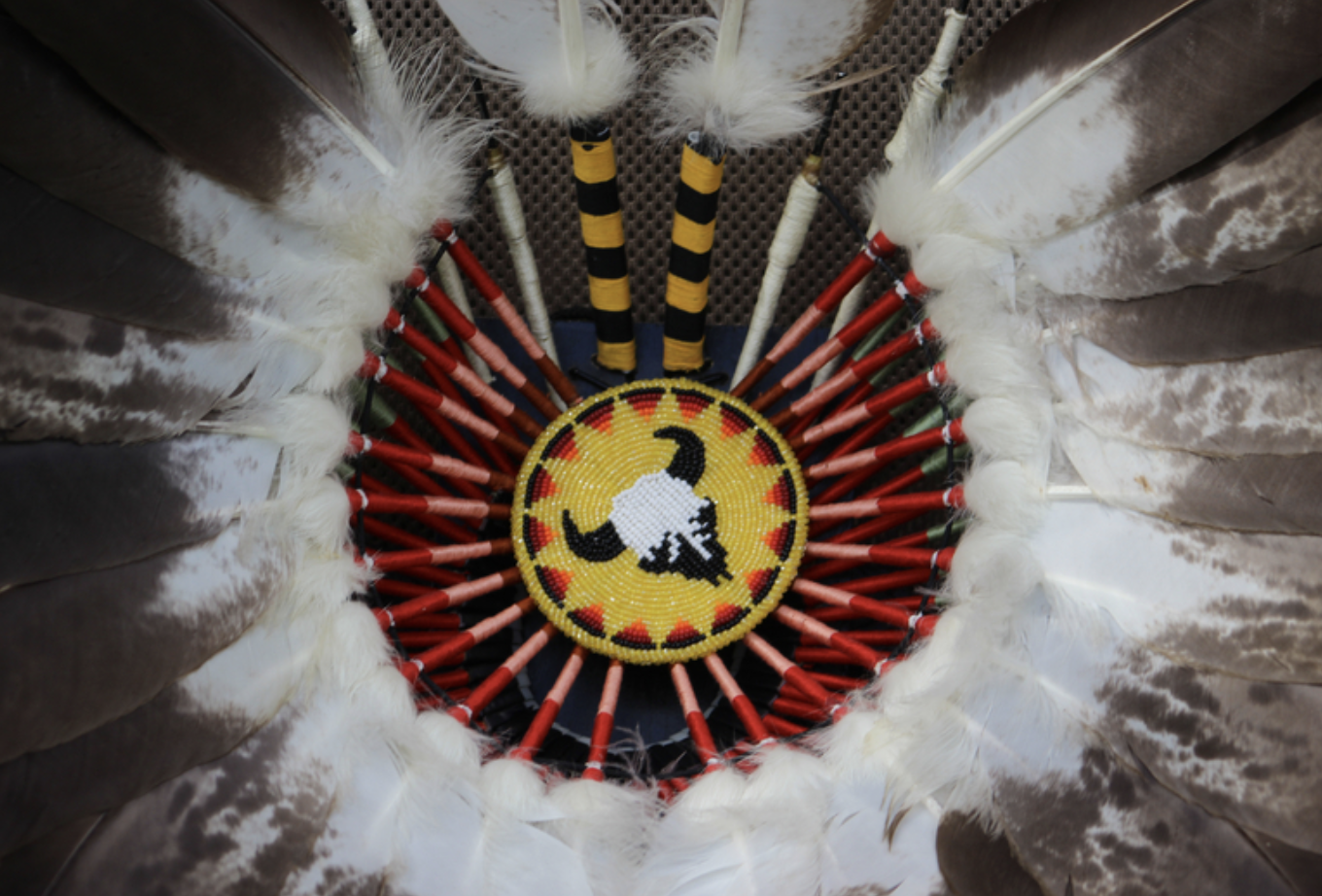
- Details
- By Daniela Mejía, United States Census Bureau
American Indian and Alaska Natives living in tribal areas have among the nation’s lowest rates of high-speed internet access in the United States.
The Computer and Internet Use in the United States: 2021 report released today highlights key estimates of computer ownership and broadband access across the country, including, for the first time, in tribal areas (Figure 1).
From 2016 to 2021, the digital divide between tribal and nontribal households decreased from a gap of 10 percentage points to 6 points.
In this article, a tribal household is defined as any household residing in an American Indian and Alaska Native Area. [PDF <1.0 MB]
Compared to the national average of 90% in 2021, 84% of American Indian and Alaska Native households and 71% of American Indian and Alaska Native households on tribal land had broadband access, according to the American Community Survey (ACS) 1-year estimates.
The “digital divide” is commonly defined as the gap between households with high-speed (broadband) internet access and those without. Research indicates those most affected by this divide or least likely to have internet access are people with disabilities, those 65 years and over, and those living in rural areas, among others.
And some of those factors may play a role in tribal areas’ internet access. For example, 45% of tribal households were in rural areas compared to 19% of nontribal households, and rural tribal households had a lower share (80%) of broadband subscriptions than urban tribal households (88%).
In comparison, the urban-rural connectivity gap was smaller between rural (87%) and urban (91%) households in nontribal areas.
Is the Gap Narrowing?
From 2016 to 2021, the digital divide between tribal and nontribal households decreased from a gap of 10 percentage points to 6 points (Figure 2).
Closing the gap is important given the internet’s growing role in daily personal and professional tasks, such as virtual instruction and health visits, banking, sharing culture and stories, and connecting with family and friends.
Tribal Broadband by State
Not all tribal households experienced unequal access to broadband internet (Figure 3).
Tribal residents in six states (Delaware, Florida, Georgia, Hawaii, Washington and Wisconsin) reported broadband rates at or above the national average of 90% in 2021.
Tribal residents in three states (Arizona, Connecticut, and New Mexico) had among the nation’s lowest rates — less than 70% in Arizona and New Mexico. Connecticut’s tribal broadband rate (60%) was not significantly less than 70%.
More than a quarter (27%) of American Indian and Alaska Native households were in states with the lowest tribal broadband rates while only 4% were in states with the highest tribal broadband.
Notably, the Navajo Reservation and Off-Reservation Trust Land — which spans parts of Arizona, New Mexico, and Utah and has one of the largest tribal American Indian and Alaska Native populations (161,386 residents) in the United States — had a broadband subscription rate of only 33%, according to the 2017-2021 ACS 5-year estimates.
In comparison, the statewide broadband rate was 88% in Arizona; 80% in New Mexico; and 91% in Utah.
My Tribal Area provides more information on broadband subscription rates by specific tribal area.
About the Data
The analysis defines “tribal areas” as all American Indian and Alaska Native Areas [PDF <1.0 MB], according to the American Community Survey (ACS). They include Hawaiian homelands, Alaska Native village statistical areas, and American Indian reservations and rancherias.
Broadband here refers to survey respondents who answered “Yes” to having at least one of the following types of internet subscription: cable; fiber optic or DSL (digital subscriber line); a cellular data plan; satellite; a fixed wireless subscription; or other non-dial-up subscriptions.
Further information on ACS resources for American Indian and Alaska Native populations is available.
Daniela Mejía is a survey statistician in the Census Bureau’s Education and Social Stratification Branch.
Help us tell the stories that could save Native languages and food traditions
At a critical moment for Indian Country, Native News Online is embarking on our most ambitious reporting project yet: "Cultivating Culture," a three-year investigation into two forces shaping Native community survival—food sovereignty and language revitalization.
The devastating impact of COVID-19 accelerated the loss of Native elders and with them, irreplaceable cultural knowledge. Yet across tribal communities, innovative leaders are fighting back, reclaiming traditional food systems and breathing new life into Native languages. These aren't just cultural preservation efforts—they're powerful pathways to community health, healing, and resilience.
Our dedicated reporting team will spend three years documenting these stories through on-the-ground reporting in 18 tribal communities, producing over 200 in-depth stories, 18 podcast episodes, and multimedia content that amplifies Indigenous voices. We'll show policymakers, funders, and allies how cultural restoration directly impacts physical and mental wellness while celebrating successful models of sovereignty and self-determination.
This isn't corporate media parachuting into Indian Country for a quick story. This is sustained, relationship-based journalism by Native reporters who understand these communities. It's "Warrior Journalism"—fearless reporting that serves the 5.5 million readers who depend on us for news that mainstream media often ignores.
We need your help right now. While we've secured partial funding, we're still $450,000 short of our three-year budget. Our immediate goal is $25,000 this month to keep this critical work moving forward—funding reporter salaries, travel to remote communities, photography, and the deep reporting these stories deserve.
Every dollar directly supports Indigenous journalists telling Indigenous stories. Whether it's $5 or $50, your contribution ensures these vital narratives of resilience, innovation, and hope don't disappear into silence.
 The stakes couldn't be higher. Native languages are being lost at an alarming rate. Food insecurity plagues many tribal communities. But solutions are emerging, and these stories need to be told.
The stakes couldn't be higher. Native languages are being lost at an alarming rate. Food insecurity plagues many tribal communities. But solutions are emerging, and these stories need to be told.
Support independent Native journalism. Fund the stories that matter.
Levi Rickert (Potawatomi), Editor & Publisher



